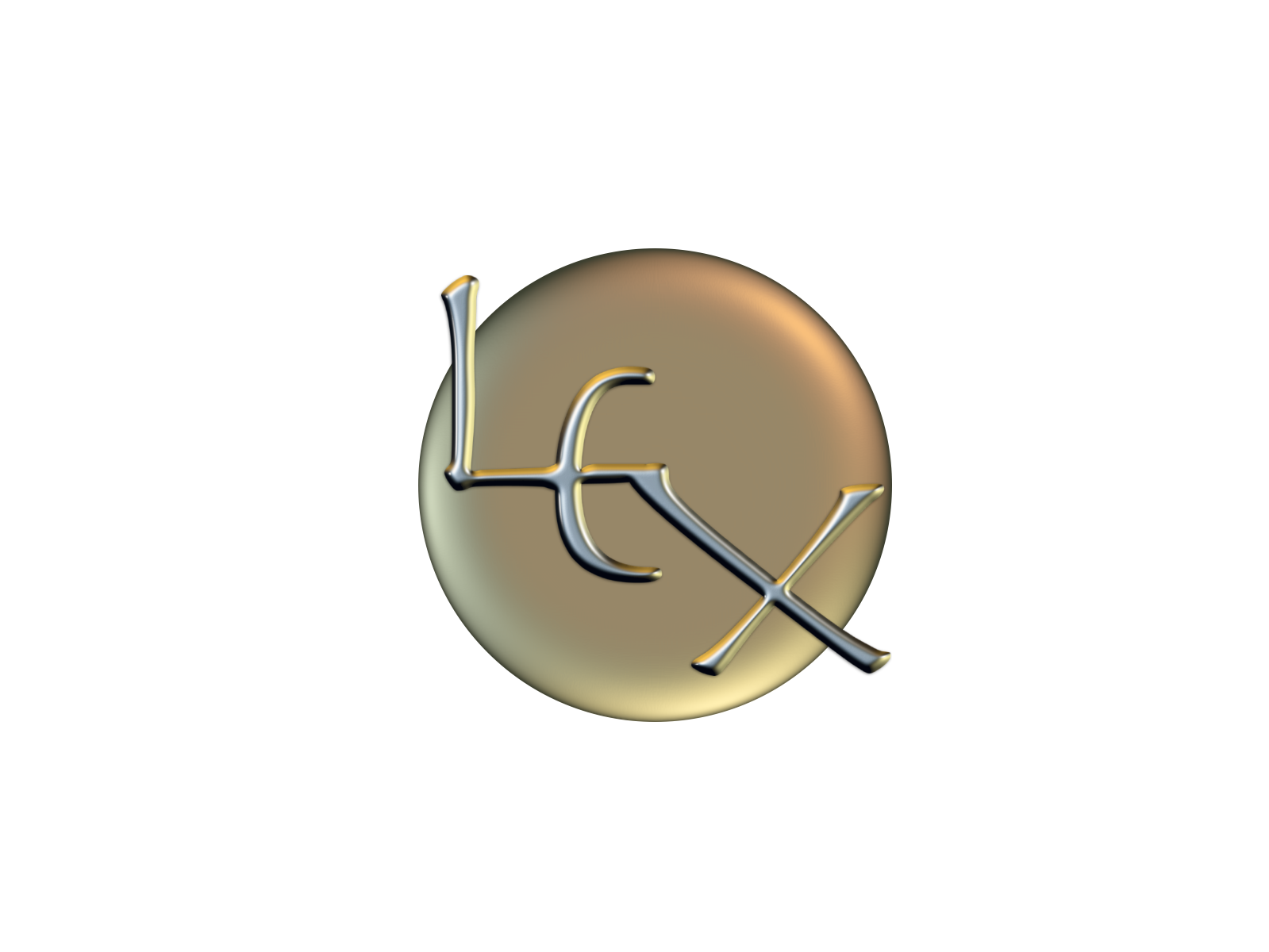I keep a calendar on my desktop computer and color code my schedule. My dance classes are seafoam green. Family is forest green, medical and personal care is yellow, my mom is red, and friends are mauve. Pop-Up classes and LEXinars are various shades of pink and blue, and I have three shades of purple for other LEX work.
One of my purple categories, a deep violet-blue, is coded "Clinical" for meetings with students. Even though I don't follow a rigid lesson plan format anymore, I still consider my one-on-one and family work to be clinical work and thus subject to the record-keeping and confidentiality guidelines of my clinical training. For me, teaching professional development classes to adults isn't clinical; it's professional development. But my internships with adult practitioners are also clinical: I may be supervising their clinical caseload or advising them about specific children's work and progress, and often we work on their own understanding of grammar or writing.
I've been working on my summer calendar recently, scheduling my new G4GU2 class and orienting new clinical clients, and I started thinking about the word clinical. I work online from my home office, so I no longer work in a physical clinic, though I ran one for years and trained in dozens of others. My clients on the other end of the Zoom are also not typically in a clinical setting; they are in generally their own home offices, at their dining room tables, in spare rooms or on patios or perched on pillows on a couch or bed.
Once, about a decade ago, I had a very reluctant dyslexic middle schooler in my Zoom room. I'll call him Felix. Felix refused to get out of the bed where he was reclining and clutching the family dog to his chest. Once the dog had had enough and shook himself free, the boy grabbed a large stuffie as a substitute. Unable to coax Felix from his bedclothes, I took my laptop off its stand and into my own unmade bed, propped myself up on the pillows, and studied the word blanket with him.
It's <blank + et>, by the way, with that French diminutive suffix in what was originally its masculine form and is now its unstressed form (locket, jacket, budget, puppet), <ette> being the opposite (barrette, cigarette, kitchenette), diachronically and synchronically. Words like ballet and buffet and fillet maintain a French pronunciation with a zeroed <t> and the stress on the ultimate syllable.
Close cousins of blank include the verb blanch, the name Blanche, the French loan carte blanche, and the French form <blanc> that shows up in the loans blanc-mange and blanc fixe, all with a denotation of 'white.' More distant cousins include bleach and bleak (whose [ʧ~k] relationship is common among Germanic cognates like match~make, beech~book, pitch~pike...). These still bear a sense of 'white'ness as does blond, but go a little further afield and we run into family members like blue, black, and blush that seem to have a more colorful denotation, literally. The diachronic connection, however, is a shared semantic field of 'shine, shining white, bright, flash, burn,' and, by extension, 'burnt.'
Sometimes, a spelling, a word, or word family can be contronymic, comprising meanings that are opposite to each other. Contronyms may be related, like black~bleach or the cognate pairs awful~awesome or terrible~terrific; single, polysemous words like sanction ('to penalize, to permit'); or unrelated homographs like cleave ('to stick to') and cleave ('to split') or bolt ('fasten') and bolt ('run away'). Homographic and polysemous examples are often called Janus words, because they 'look' in both directions like the Roman gatekeeper Janus, for whom January is named.
I realized in reworking my color-coded labels that the word clinical can be a contronym too. That single word can convey two totally different experiences.
Let's take a look, using the four questions of orthographic study.
